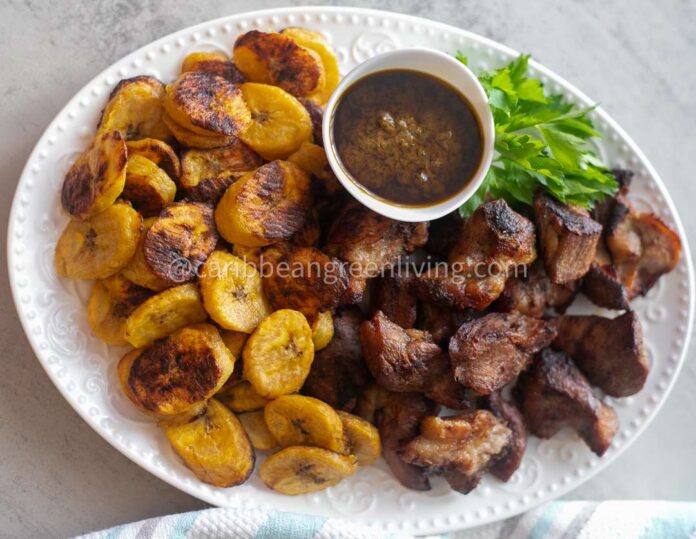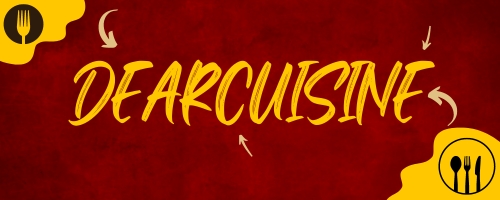Caribbean foodways are a vibrant and numerous mix of culinary traditions, reflecting the area’s wealthy historical past of colonization, immigration, and cultural change. Formed by European, African, Indian, and Indigenous influences, Caribbean delicacies is characterised by its daring flavors, using recent elements, and its emphasis on shared meals.
Key Parts of Caribbean Foodways:
- Recent Seafood: Given the area’s proximity to the ocean, seafood is a staple in Caribbean diets. Fish, shrimp, lobster, and conch are sometimes featured in dishes.
- Tropical Fruits and Greens: The Caribbean’s heat local weather produces a wide range of tropical fruit and veggies, resembling mangoes, papayas, plantains, and callaloo.
- Rice and Beans: Rice and beans are a typical pairing in lots of Caribbean international locations, offering a hearty and nutritious meal.
- Spices and Herbs: Caribbean delicacies is thought for its use of daring spices and herbs, together with chili peppers, allspice, thyme, and ginger.
- Regional Variations: Whereas there are frequent parts all through the Caribbean, every island has its personal distinctive culinary traditions and specialties. For instance, Jamaican jerk rooster, Trinidadian curry, and Cuban ropa vieja are all iconic dishes.
Cultural Influences on Caribbean Foodways:
- African Affect: African culinary traditions dropped at the Caribbean by enslaved folks have considerably impacted the area’s foodways. These embrace using spices like allspice and the methods of stewing and braising.
- European Affect: European colonizers launched new elements and cooking strategies to the Caribbean, resulting in the event of dishes like callaloo (a spinach-like inexperienced) and johnnycakes (a kind of cornbread).
- Indian Affect: Indian immigrants introduced their culinary traditions to the Caribbean, ensuing within the reputation of curry dishes and roti.
- Indigenous Affect: Indigenous Caribbean peoples contributed to the area’s foodways with conventional dishes and elements.








Frequent Questions About Caribbean Foodways
1. What are the primary influences on Caribbean delicacies?
Caribbean delicacies is a fusion of varied cultural influences:
- African: Enslaved Africans introduced their culinary traditions, together with using spices and stewing methods. This affect is especially robust in Haitian delicacies.
- European: European colonizers launched new elements and cooking strategies, resembling meat and dairy merchandise. Within the French Caribbean, French delicacies had a big affect.
- Indigenous: Indigenous Caribbean peoples contributed conventional dishes and elements.
- Indian: Indian immigrants introduced their very own culinary traditions, together with curry dishes and roti.
2. What are some frequent elements utilized in Caribbean meals?
Caribbean delicacies usually options:
- Seafood: Fish, shrimp, lobster, and conch
- Tropical fruits: Mangoes, papayas, plantains, and pineapple
- Rice and beans: A staple in lots of Caribbean dishes
- Spices and herbs: Chili peppers, allspice, thyme, ginger, and extra
- Root greens: Plantains, cassava, and candy potatoes
3. What are some in style Caribbean dishes?
- Griot: Haitian pork dish marinated in a spicy sauce
- Tasso: Haitian spiced beef or goat meat
- Riz et pois: Haitian rice and beans dish
- Jerk rooster: Jamaican dish marinated in a spicy jerk sauce or seasoning
- Curry goat: Trinidadian dish made with goat meat and curry spices
- Ropa vieja: Cuban shredded beef stew
- Callaloo: A spinach-like inexperienced dish usually served with saltfish
- Rice and peas: A preferred facet dish made with rice and black-eyed peas
- Accras: French Caribbean fritters made with salt cod, root greens and different sort of greens
- Colombo: French Caribbean stew made with meat, greens, and a mix of spices
- Bananes flambées: French Caribbean flambéed bananas served with rum and vanilla sauce
4. How does Caribbean delicacies differ throughout completely different islands?
Whereas there are frequent parts all through the Caribbean, every island has its personal distinctive culinary traditions and specialties. For instance, Jamaican delicacies is thought for its jerk seasoning, whereas Trinidadian meals usually options curry and roti. Haitian delicacies is influenced by each French and African culinary traditions, leading to a particular taste profile.
5. How has Caribbean delicacies developed over time?
Caribbean delicacies has developed over centuries, influenced by varied cultural exchanges and historic occasions. Globalization has additionally launched new elements and cooking methods, whereas many islands have sought to protect their conventional culinary heritage. Haitian delicacies has continued to adapt and evolve, reflecting the nation’s distinctive cultural id.
Caribbean foodways are a testomony to the area’s wealthy cultural heritage and proceed to evolve and adapt to new influences. Whether or not you’re a fan of Haitian griot, spicy jerk rooster or candy and savory plantains, there’s one thing to fulfill each palate within the vibrant world of Caribbean delicacies.
By understanding the cultural significance of Caribbean foodways, we will recognize the distinctive flavors and traditions which have formed this area’s culinary id.



